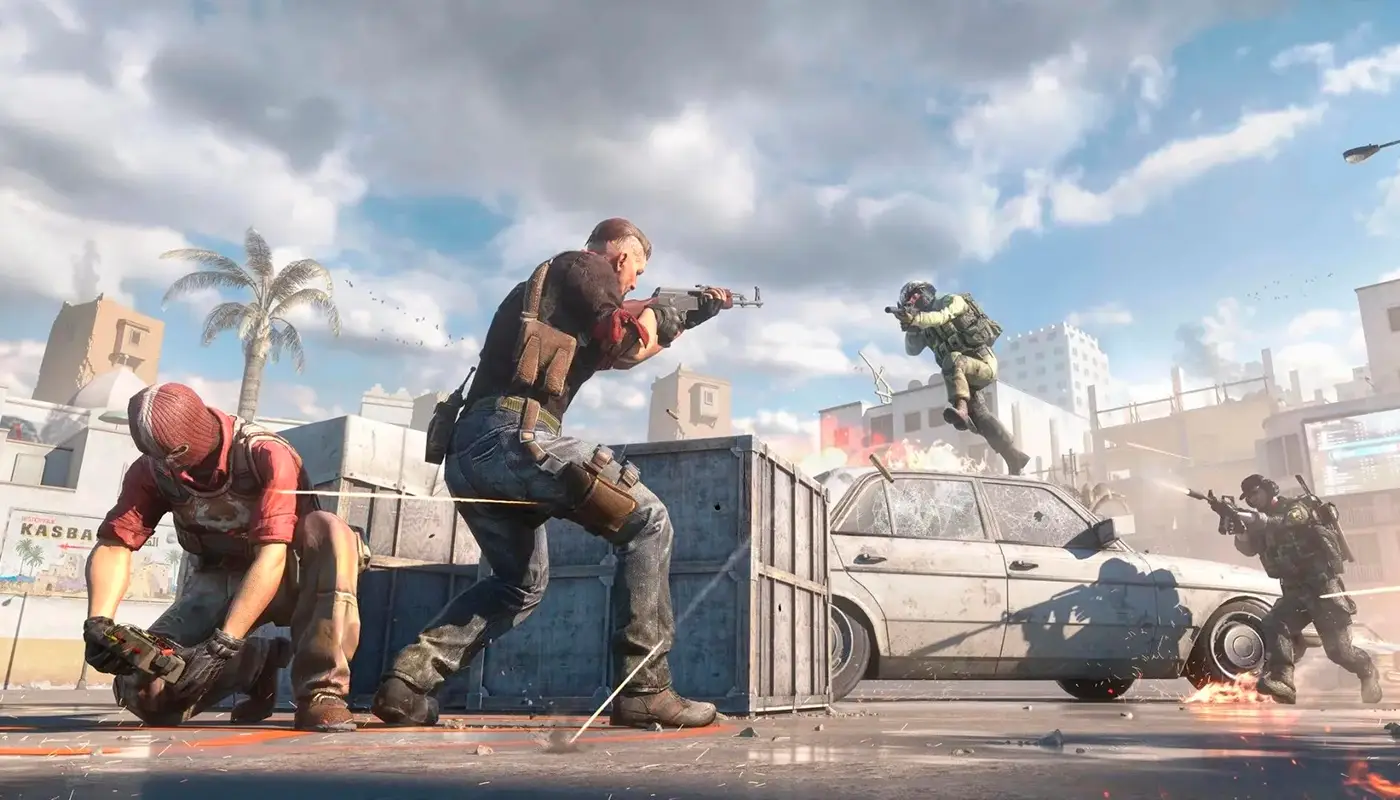Russian sports films not only shape the cinematic landscape but also capture the living fabric of characters, overcoming challenges, perseverance, and inner growth on screen. Each storyline acts as a trigger, activating memories of heroic deeds, defeats, triumphs, and genuine human tension in the audience’s consciousness. In the domestic context, sports in cinema ceases to be a background for action and transforms into a mirror of the era, a collector of meanings, archetypes, and emotions.
The Historical Foundation of Sports Cinema in the USSR: The Beginning that Set the Scale
Russian sports films began to take shape during the Soviet period when cinema served as both a propaganda tool and a means of shaping cultural codes. The first films were about heroic athletes reflecting the ideology of strength, loyalty to the Motherland, and selflessness. The image of an Olympian or a champion who sacrificed everything for the common cause was frequently used. The release of a film in those years was equivalent to a cultural event.
Soviet sports cinematography emphasized massiveness and patriotism. A classic example is the film “Oh, Sport, You Are Peace!” shot in the context of the 1980 Olympics. It was not just a film about victory but a visual manifesto of an entire sports era in the USSR. This laid the foundation on which a new wave later emerged.
Modern Russian Sports Films: Shift towards Personality and Drama
Modern Russian sports films focus on psychological depths, transformations, and human choices. The athlete’s story is no longer presented as an idealized path – the plot now revolves around doubts, pain, and breakdowns. Thus, sports in Russian cinema has turned into an arena of internal conflicts rather than just a stage for competitions.
The film “Going Vertical” became a catalyst for audience interest in the theme. The story of the Soviet basketball team and their rivalry with the Americans united everything: a real victory, team drama, and national pride. The film resonated widely due to its well-structured narrative, realistic dialogues, and meticulously recreated atmosphere. It brought to life the image of an athlete as a fighter, leader, and individual.
Thematic Diversity: From Battles to Ice Arenas
Russian sports films cover almost the entire spectrum of disciplines. Stories about figure skaters, wrestlers, hockey players, and track and field athletes emerge. The film “Ice” stands out in the genre of sports drama with elements of melodrama, exposing the backstage of high-level sports, including injuries, pressure, and ambitions. Special emphasis is placed on training scenes where the visual language conveys sensations of pain, anger, and exhaustion – highlighting the hardships of the journey.
On the other end, the film “Champions” is a collection of novellas about different athletes, including Olympians and world-class competitors. Here, sports are used as a device to showcase character development, reveal values, and juxtapose external battles with internal ones.
The Power of Biographical Cinema: Real Stories on Screen
Russian sports films in the biography genre occupy a special niche. It is in such projects that the authentic motivation and real tension between success and burnout are revealed. An example is “Legend No. 17” – the story of Valery Kharlamov. This film combines dynamism, internal drama, national context, and meticulous attention to historical details.
The creators did not just reproduce the chronology. They structured the drama in a way that each moment – a training session, a trip, a conversation – became a part of the journey. This approach creates trust in the film. Through this presentation, the story becomes a metaphor for challenges, dedication to a cause, stubbornness, and pain.
Emotional Resonance and Mass Response: The Fan Factor
One of the reasons why Russian sports films gain popularity is the phenomenon of empathy. Fans see themselves in the heroes – with all their fears, motivations, moments of despair, and joy. The creators skillfully integrate details that resonate with the audience: recognizable speech, references to real matches, musical accompaniment that enhances the narrative tension.
These techniques are used in the films “Coach” and “Battle for the Legend.” The former focuses on the role of a mentor and his internal struggles, while the latter explores the transformation of a team under the pressure of external and internal trials.
Ten Best Russian Sports Films: Top Projects
Russian sports films encompass significant milestones that have defined the genre. Key films that set the tone and remain in cultural memory include:
- “Going Vertical.” The story of the 1972 Olympic final and the Soviet basketball victory over the USA.
- “Legend No. 17.” The biography of Kharlamov, where sports are not just a game but life itself.
- “Ice.” A drama about a figure skater overcoming a severe injury.
- “Champions.” A collection of novellas about various sports and heroism.
- “Coach.” A film about a former footballer turned coach.
- “Battle for the Legend.” A sports saga about a hockey team.
- “Shadow Boxing.” A film about a boxer facing an internal crisis.
- “Going Vertical 2.” A continuation of the story of a sports breakthrough.
- “White Snow.” A biographical film about skier Elena Vyalbe.
- “Poddubny.” The story of the legendary wrestler who overcame pressure and the system.
Visual Language Features: Atmosphere through Details
Russian sports films achieve emotional engagement not only through the plot but also through the visual environment. Cinematography focuses on details: sweat, wounds, the silence of the locker room, tense looks before the start. The composition of the frame and color palette emphasize the mood – from cold, restrained tones to the vibrant light of victory. Directors strive for authenticity, recreating shooting locations as close to reality as possible: old stadiums, training bases, wrestling halls.
The film “Poddubny” recreates the pre-war era with almost museum-like precision, creating an authentic visual fabric. In “White Snow,” working with natural locations adds emotional depth, where the landscape becomes part of the drama. These approaches strengthen the viewer’s trust, deepen immersion, and elevate the film’s perception as a document of its time.
The Importance of Acting: When Sports Become Flesh
The key strength of Russian sports films lies in the actors’ embodiment of characters. Many performers prepared for roles for months: training with coaches, practicing sports elements, studying movement techniques. These efforts make the characters believable and alive. The audience perceives them not as actors but as real athletes with experience, pain, and motivation.
In “Legend No. 17,” Danila Kozlovsky managed to convey not only Kharlamov’s playing style but also his internal agility – simultaneously embodying the character’s softness and toughness on the ice. In “Coach,” viewers see how fatigue and doubt reflect in the character’s eyes, how a leader loses authority and finds it anew. Such performances bridge the gap between art and reality.
Reflecting the Spirit of the Times on Screen
Russian sports films continue to evolve – expanding genre boundaries, refining language, and deepening narrative structures. Each new project creates not just entertainment but a field for dialogue with society. Through the screen, a return to values, motivations, and archetypes occurs. Russian sports cinema has transformed into a cultural mirror – with clear contours, tense dynamics, and authentic characters.
 en
en  de
de  ar
ar  es
es  nl
nl  hi
hi  fr
fr  it
it  pt
pt  el
el 










